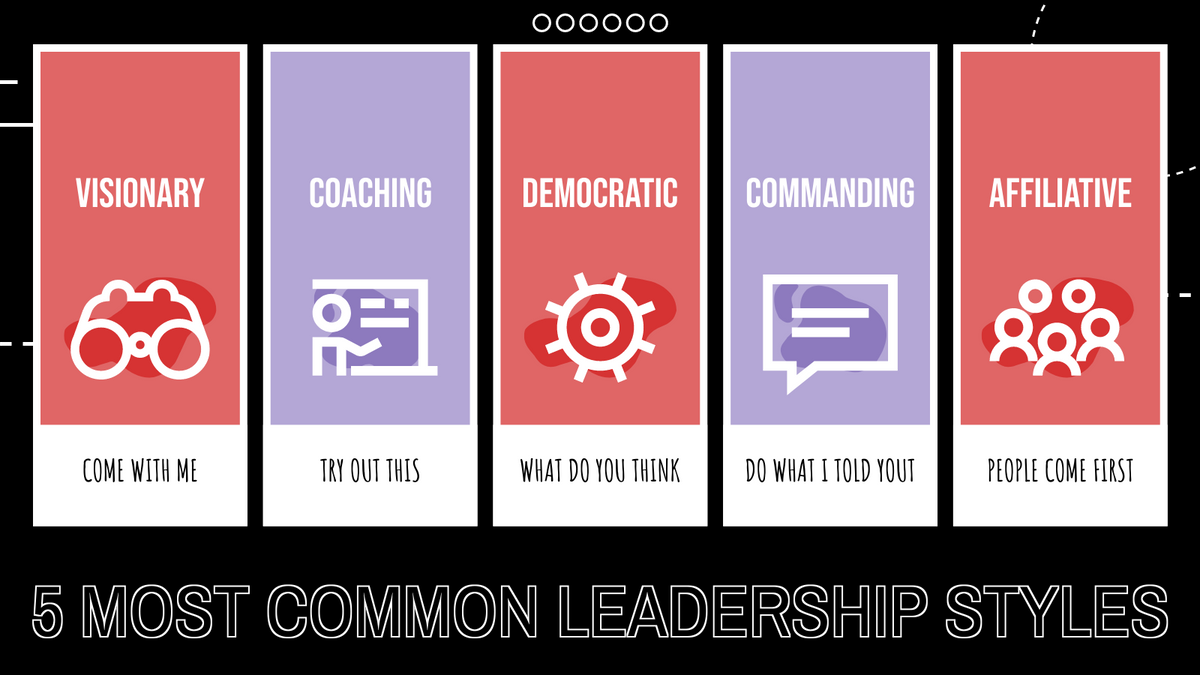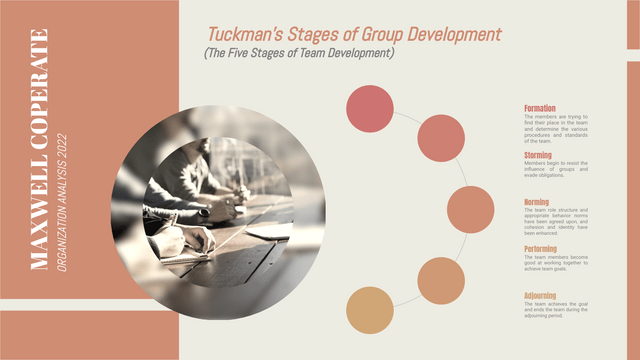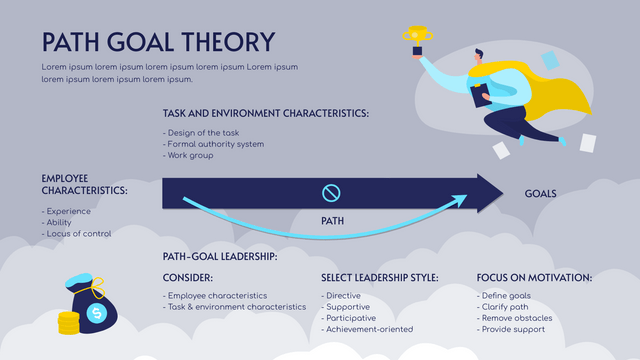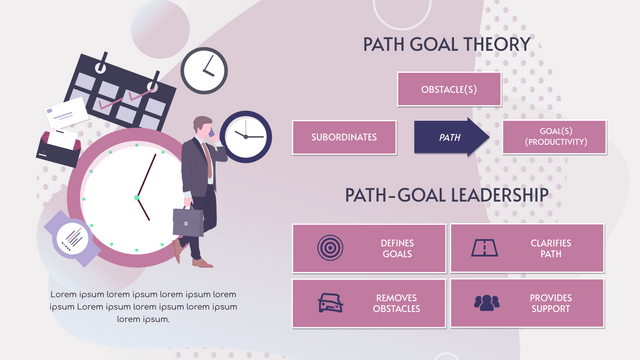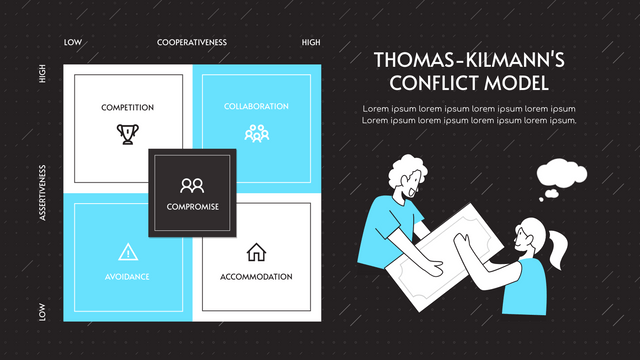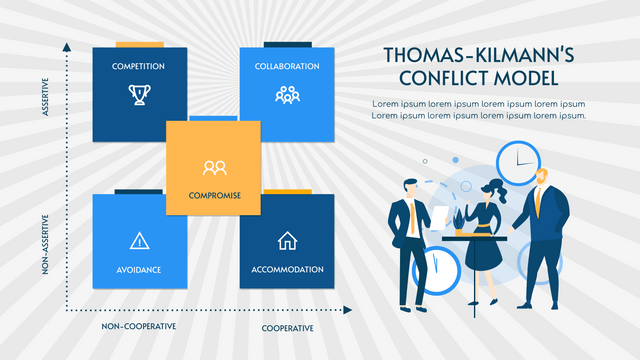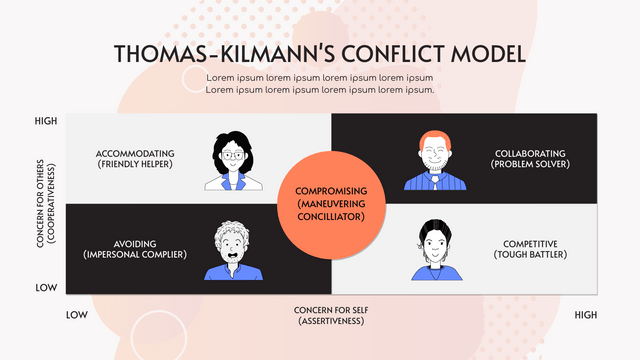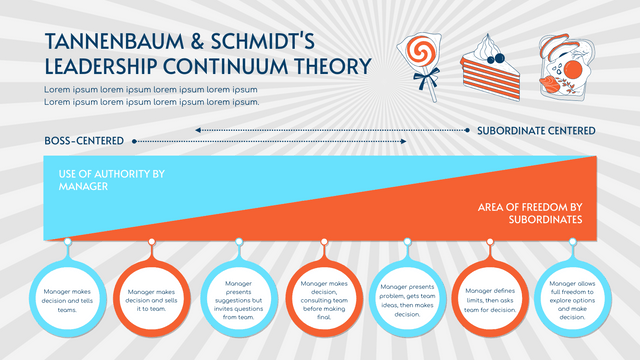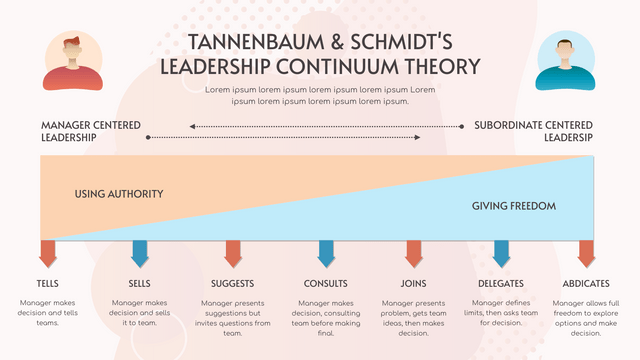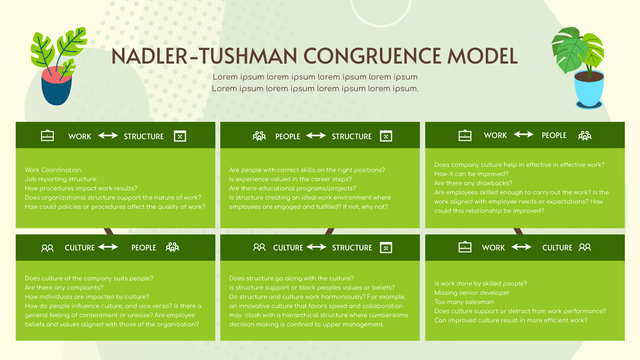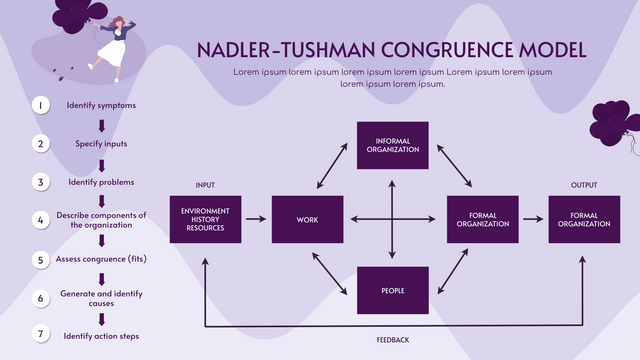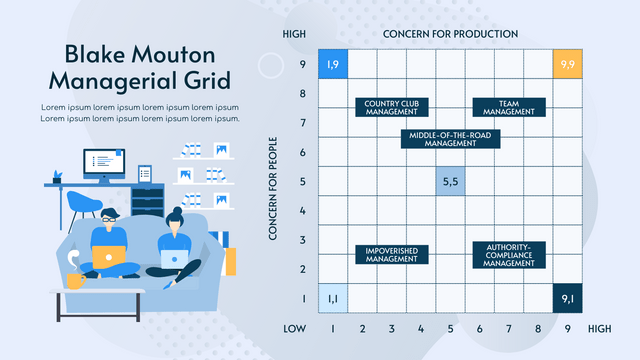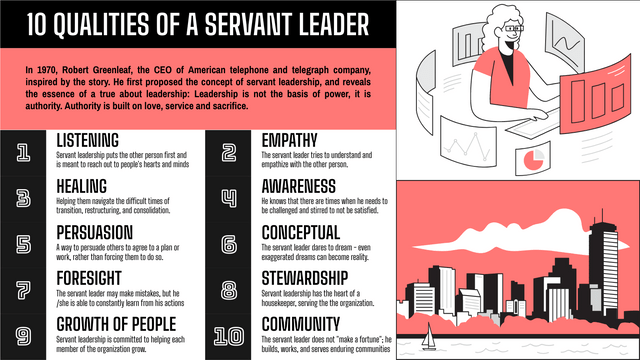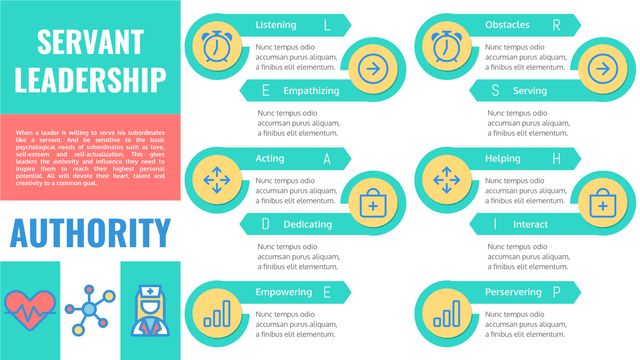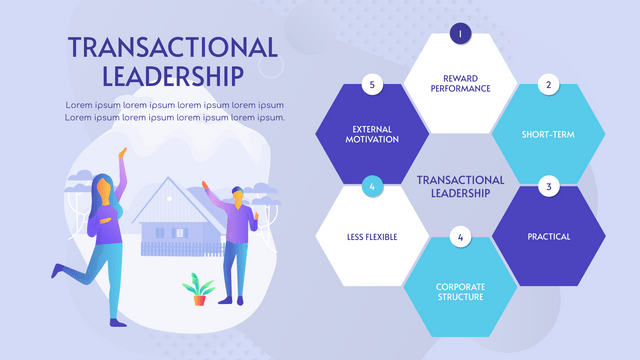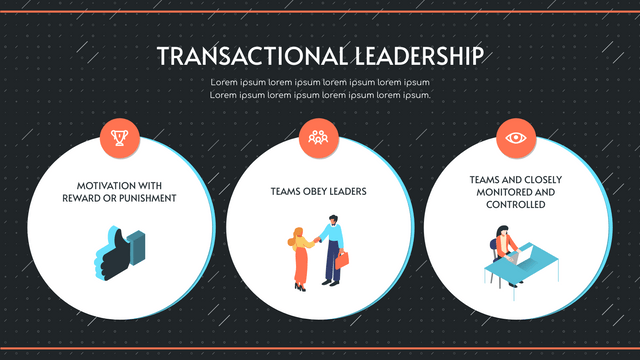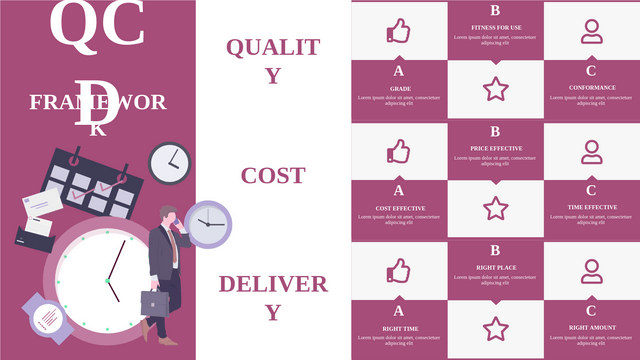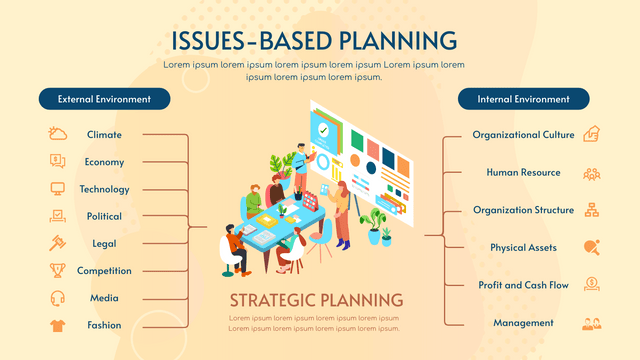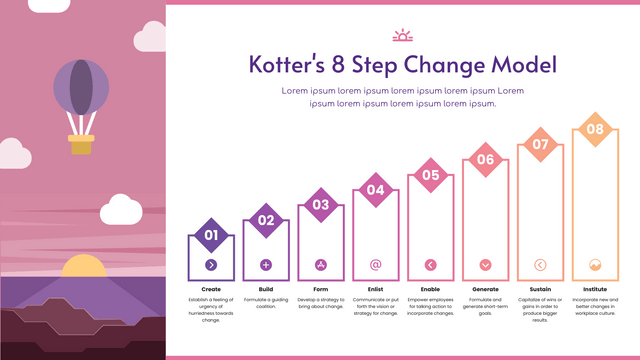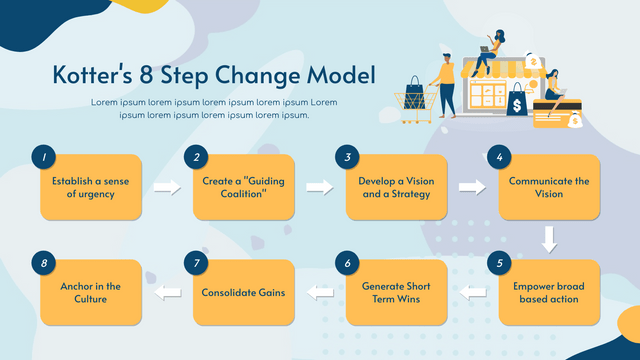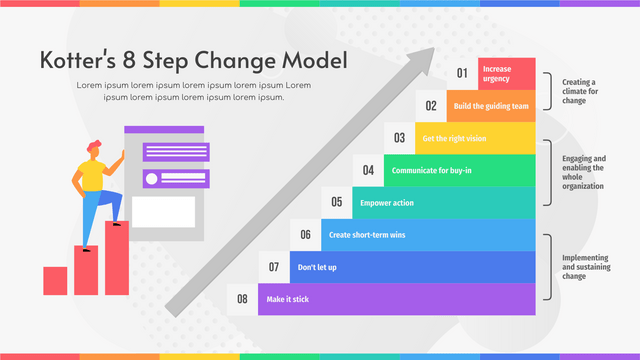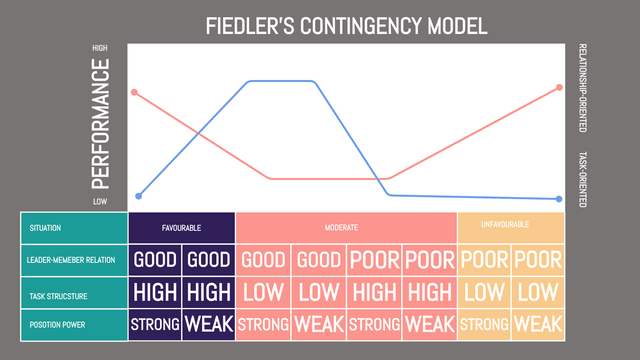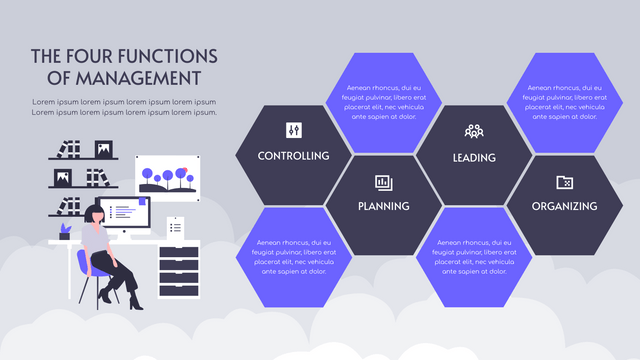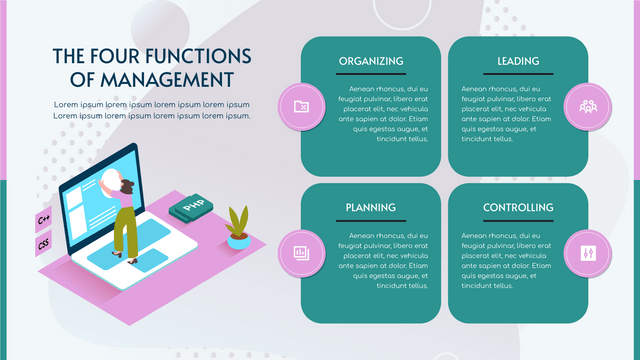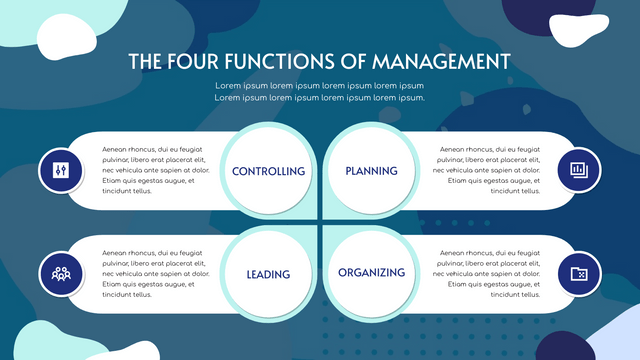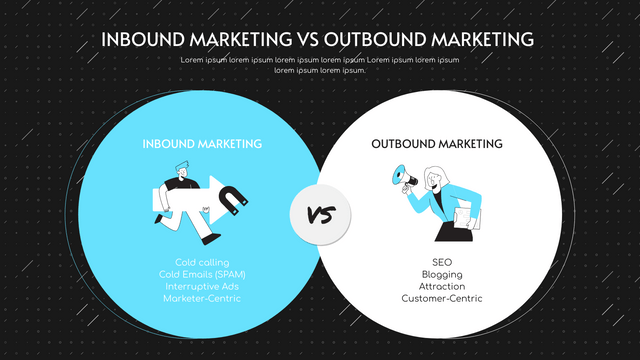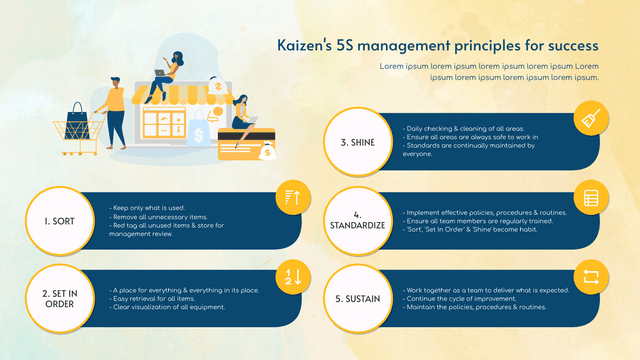5 Leadership Styles: How to Build a More Effective Team?
Building a good team requires good leadership. Good leaders have their own unique leadership style and are not afraid to make any difficult decisions. For examples, they correct mistakes when they occur, maintain the self-esteem of team members, and set performance standards that are constantly being met and improved.
Whether you want to build an effective team in the workplace, or in the community, you need to understand the strengths and weaknesses of your team members and what motivates them to move forward. In addition, you need to understand that building effective teams requires different styles of leadership.

5 Leadership Styles
While there may seem to be many leadership styles, psychologists and business experts have identified a few of the most effective types. Depending on your environment, here are five top leadership styles that you can use to build an effective team.
1. Transformational leadership
Transformational leaders need to discover change, add new value, and create a vision that guides everyone to embrace change, motivates and motivates them to achieve change, and makes them the best of themselves and their team.
This leadership style is one of the most suitable for use in a business environment. It encourages the participation of everyone on the team to improve overall productivity.
2. Democratic leadership
Democratic leadership, also known as participatory leadership, is an open way of leadership, which is more efficient in establishing and managing a group of people. This kind of leadership style will make the members of the group have a more active and participatory role in the decision-making process. Of course, the final decision is still made by the leader.
It allows everyone to have a place in the decision-making process, and team members are free to share and discuss ideas. The advantage of this leadership style is that team members feel more in control of their own destiny, so they are more motivated to work hard. At the same time, the team's job satisfaction will be higher, because they participate in the decision-making process.
3. Servant leadership
Servant leadership is a term coined by Robert Greenleaf in the 1970s to describe a leader whose main role is to serve a group of people, such as employees.
Leaders generously lead by example. At the same time, he/she has a high degree of integrity and is focused on meeting the needs of the team. Unlike most other leaders, servant leaders prefer to stay out of the limelight and let the team get all the credit for their hard work.
4. People-centered leadership
People-centered leadership is one that considers personal strengths and talents. Leaders who use this style can position their employees in positions where they can maximize their talents and characteristics. In this way, leaders can focus on the organization, support and develop individual team members, and improve the well-being of the entire team.
People-oriented leaders treat every team member equally, friendly and accessible to anyone who needs help or advice at any time. This participatory leadership style creates a more popular and interesting team that everyone wants to be part of. It also makes team members more productive and adventurous because they know that leaders will provide any support they need.
5. Task oriented leadership
Task oriented leadership is the opposite of people-oriented leadership. Task oriented leaders focus only on how to get the job done. They define what needs to be done, plan and organize how to do it, create and assign roles to do it, build structures to manage performance and monitor progress and standards.
This style is especially useful for team members who don't manage their time properly, whether because of personal reasons, dispersed work, or their unsupervised work attitude, but leaders can be too autocratic and unconcerned about the voices within the team. As a result, problems such as insufficient motivation and employee retention may arise.
So, which leadership style or combination of styles is best for you?
5 Most Common Leadership Template
Here is a 5 Most Common Leadership template created with Visual Paradigm's online strategic analysis tool. You can customize this template by modifying the text, color and font, and use it in your presentations and reports.
